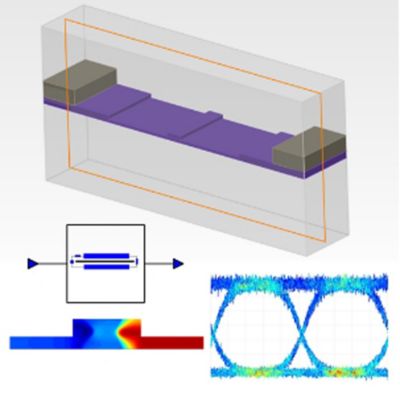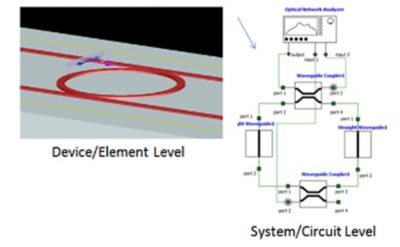Quick Specs
Simplify the complexities of photonic component design by leveraging the power of seamless multiphysics workflows that accurately capture optical, electrical, thermal, and quantum interactions all within a unified design environment.
Ansys empowers the next generation of engineers
Students get free access to world-class simulation software.
Design your future
Connect with Ansys to explore how simulation can power your next breakthrough.
Students get free access to world-class simulation software.
Connect with Ansys to explore how simulation can power your next breakthrough.
Seamlessly design photonic components by capturing multiphysics effects encompassing optical, thermal, electrical, and quantum wells within a unified design environment.
Created for design engineering workflows, our intuitive product design software generates a fast user experience. Rapid design exploration includes detailed insight into real-world product performance. Live physics and accurate high-fidelity simulation combine into an easy-to-use interface that supports faster-time-to-market.
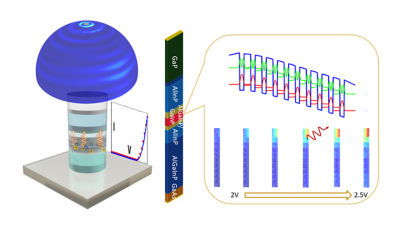
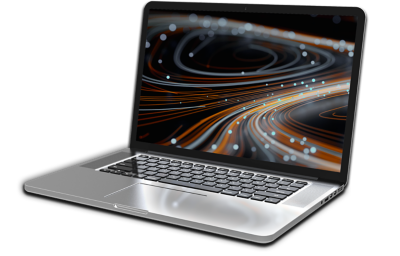
Join the Ansys Photonics Community
Simplify the complexities of photonic component design by leveraging the power of seamless multiphysics workflows that accurately capture optical, electrical, thermal, and quantum interactions all within a unified design environment.

“We chose leading photonics simulation tool provider Ansys Lumerical as a partner in developing our first SOA compact model to bring our customers unparalleled design flexibility and confidence. The SOA gain block is the fundamental element to let engineers design custom lasers and amplification blocks tailored to their application, while saving time consuming fabrication cycles for initial prototypes.”

“With the help of Ansys Lumerical with their optimization, scripting, and cloud support, we were able to optimize each and every component of our X8 circuit for unprecedented low-loss performance, compactness, and high manufacturing tolerance.”

“Ansys Lumerical FDTD solutions paired with its cloud Accelerators allowed us to reduce insertion loss by more than 15% while significantly accelerating our design schedule.”

“Lumerical FDTD solutions is an integral component of our research and development structure. The user-friendly layout allows for quick setup of short-term projects, while its scripting capabilities, documentation, and examples have enabled us to consistently and effectively advance our technology.”

“By using Lumerical FDTD solutions, we created highly accurate microcavity OLED models for fabrication from a set of custom scripts. Lumerical was instrumental in reducing both time and costs, and continues as the primary tool to execute our current, patented method for tuning optical structure of OLED.””

“We designed every nanometer of this metasurface using Ansys Lumerical FDTD + AWS + Python API while making it compatible with CMOS fabrication tolerances. Lumerical’s AWS solution allowed Lumotive to scale our design cycle by two to three orders of magnitude without additional cost or accuracy compromises.”

“The capability to run large scale physical simulations using the mature and approximation free FDTD method gives us a new level of confidence at tape-out. Lumerical’s FDTD based HPC approach proved to be the fastest and most cost effective.”

“Lumerical’s software has been invaluable to our research. Very useful features are being continuously added to maintain a market leading reputation.”
July 2025
The latest release of Ansys Lumerical Multiphysics introduces new capabilities in design acceleration, including Ansys Engineering Copilot and enhanced CAD interoperability, which unlock greater flexibility and scalability for designers of next-generation photonic systems.

Ansys Engineering Copilot is now integrated into Ansys Lumerical Multiphysics providing access to the AI-assistant from within the product.
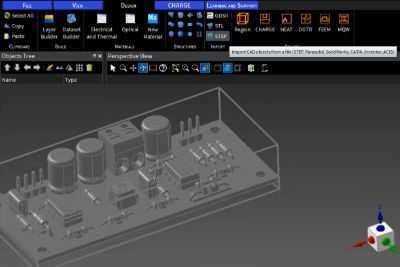
Ansys Lumerical Multiphysics, can now import CAD objects from Parasolid, SolidWorks, CATIA, Autodesk Inventor and ACIS files.
CAPABILITIES
The suite of solvers, seamless workflows, and features in Lumerical Multiphysics enable accurately capturing the interplay of physical effects in modeling passive and active photonic components.

Design and optimize a wide range of photonic components.
34% of an engineer's time is spend in searching for simulation data. This video highlights how such challenges can be solved with Ansys Minerva and make engineers more productive.
Reduce the complexity involved in simulation projects, allow team members to work harmoniously to save time and ensure best practices consistently across the projects.
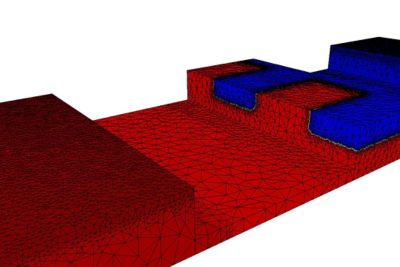
It's vital to Ansys that all users, including those with disabilities, can access our products. As such, we endeavor to follow accessibility requirements based on the US Access Board (Section 508), Web Content Accessibility Guidelines (WCAG), and the current format of the Voluntary Product Accessibility Template (VPAT).
If you're facing engineering challenges, our team is here to assist. With a wealth of experience and a commitment to innovation, we invite you to reach out to us. Let's collaborate to turn your engineering obstacles into opportunities for growth and success. Contact us today to start the conversation.


